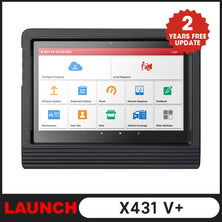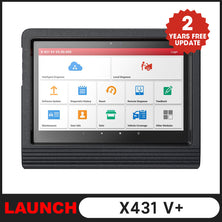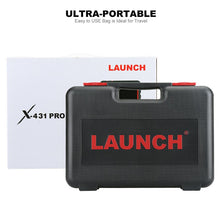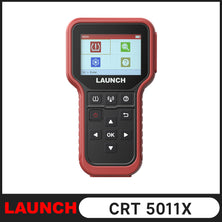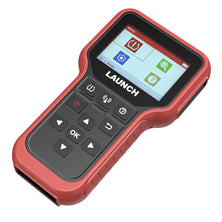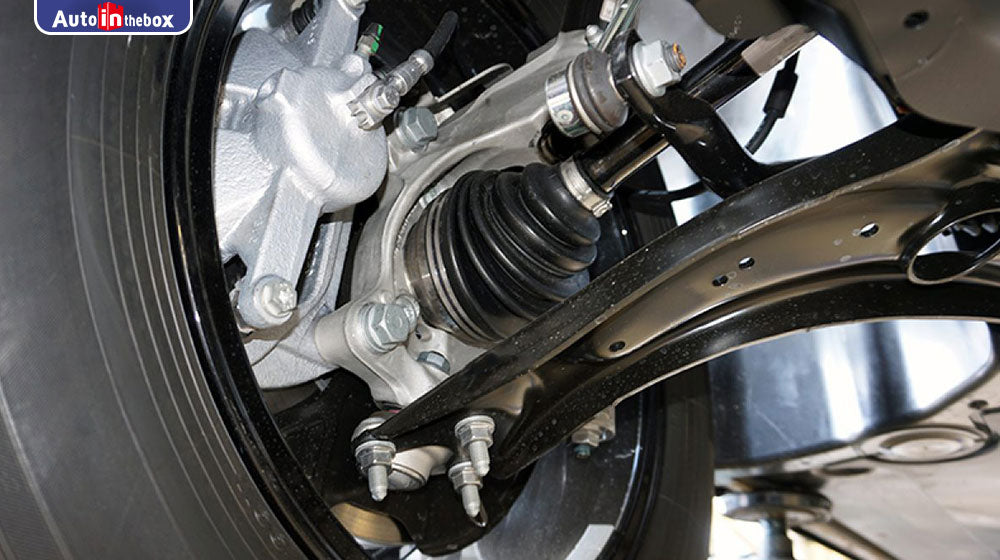
How to Check Ball Joints
Two Parts: Checking Vehicles with Control Arm Suspension Checking Vehicles with Strut Suspension
The ball joints allow the front wheels of a vehicle to move up and down, protecting against road bumps allowing you to pivot while steering. Over time, a car’s ball joints may wear down. If a ball joint starts to loosen, you’ll hear clunking sounds from the front as the joint rattles in the socket. If it tightens up, the steering will bind so you can have a stiff spot as you turn the steering wheel. Fortunately, you can quickly and easily check your ball joints for excessive wear before you experience severe steering or suspension problems.
Steps
A ball joint is basically like a ball-and-socket joint in your body, made of housing, the ball, bearings, and a cover cap, as well as a washer and/or spring. Usually a Belleville washer is used, which is a cone-line spring axle component. Like a ball-and-socket joint, the joint gets worn out from stress after a long life and needs to be checked, especially if you notice a knocking sound during turns. Always defer to the owner's manual for more specific instructions and guidance. Auto manufacturers build different suspension set-ups, so read the manual to determine which type of ball joint your vehicle uses.
Part 1 of 2: Checking Vehicles with Control Arm Suspension
1. Look for a wear indicator. While the vehicle is still on the ground, look underneath the car, on the bottom of the steering knuckle attached to the wheel. The most common indicator is a grease fitting that doubles as a wear indicator. That fitting, or boss, will stick out of the bottom of the joint’s housing by about half an inch (1.25 centimeters). As it wears the boss will recede into the housing. As long as the boss protrudes out, the joint should be fine. Once the boss is flush with the housing or has receded even further, you’ll need to replace the ball joint.
If you can’t find a wear indicator, or if the indicator doesn't give you a clear enough sign, raise up the car to inspect the joint more thoroughly.
2. Raise the front end of the car. In some cases, the manufacturer will recommend that you place a jack under the lower control arm of the front wheel, as close to the ball joint as you can, then raise the vehicle until the wheel leaves the ground. If you don't do this, tension will still be on the ball joint when you jack up the car, making it difficult to move and look for play on the joint.
Make sure there is no compression in the suspension when you check the ball joint. If you have control arms of unequal lengths, make sure the upper bump stop doesn’t touch the control arm.
3. Rock the wheels and check for play. Make sure your car is jacked securely, preferably on jack stands. For side-to-side play, place a dial indicator inside the wheel rim close to the ball joint. Grab the wheel at either side (3 and 9 o’clock) to push in and pull out the wheel laterally.
For vertical play, place the dial indicator against the steering knuckle stud nut or the ball joint housing, depending on the manufacturer. Grab the wheel at the top and bottom (12 and 6 o’clock) to lift up and pull down.
Read the dial indicator and check against the manufacturer’s specifications. If the movement is beyond specifications, replace the ball joint.
Experienced mechanics will also just check play by the feel, listening closely for any clicking or easy motion that suggests the ball joint is worn out. Alternatively, you could have a helper look closely at the joint itself to see if it appears loose as you move it.
Part 2 of 2: Checking Vehicles with Strut Suspension
1. Look for the grease fitting. If your front suspension uses McPherson struts look for that wear indicator, which is usually a grease fitting. Grasp the fitting and try to wiggle it. If the fitting moves around inside the housing you’ll need to replace the ball joint.
2. Jack up the car on the front cross-member. Many front wheel drive cars with strut suspensions should not be jacked up using the lower control arm, so it's a good idea to consult your owner's manual before attempting to inspect the joint. In general, you're going to want to jack the car up in the directed place as you normally would, on the crossing member of the frame.
If you have McPherson struts, let the strut extend as far out as you can before you try to check the wheels for play.
3. Use a pry bar or another tool to check the up-down play on the ball joint. You typically won't be able to work the ball joint with just your hands, but you can usually use a pry-bar, or even a long screwdriver under the wheel to pry up and use the ground for leverage, checking to see if the ball joint is in need of replacement.
4. Listen. The ball joint assembly in a vehicle with strut suspension should make a slight clicking sound when you move it up and down, and you should be able to hear it easily if it's worn out and not working smoothly as it should. If you notice significant play when you move the pry bar, you need to change the ball joint.
Alternatively, have someone look at the ball joint while you attempt to move it. It'll shudder slightly and look insecure if it needs to be replaced.
The ball joints allow the front wheels of a vehicle to move up and down, protecting against road bumps allowing you to pivot while steering. Over time, a car’s ball joints may wear down. If a ball joint starts to loosen, you’ll hear clunking sounds from the front as the joint rattles in the socket. If it tightens up, the steering will bind so you can have a stiff spot as you turn the steering wheel. Fortunately, you can quickly and easily check your ball joints for excessive wear before you experience severe steering or suspension problems.
Steps
A ball joint is basically like a ball-and-socket joint in your body, made of housing, the ball, bearings, and a cover cap, as well as a washer and/or spring. Usually a Belleville washer is used, which is a cone-line spring axle component. Like a ball-and-socket joint, the joint gets worn out from stress after a long life and needs to be checked, especially if you notice a knocking sound during turns. Always defer to the owner's manual for more specific instructions and guidance. Auto manufacturers build different suspension set-ups, so read the manual to determine which type of ball joint your vehicle uses.
Part 1 of 2: Checking Vehicles with Control Arm Suspension
1. Look for a wear indicator. While the vehicle is still on the ground, look underneath the car, on the bottom of the steering knuckle attached to the wheel. The most common indicator is a grease fitting that doubles as a wear indicator. That fitting, or boss, will stick out of the bottom of the joint’s housing by about half an inch (1.25 centimeters). As it wears the boss will recede into the housing. As long as the boss protrudes out, the joint should be fine. Once the boss is flush with the housing or has receded even further, you’ll need to replace the ball joint.
If you can’t find a wear indicator, or if the indicator doesn't give you a clear enough sign, raise up the car to inspect the joint more thoroughly.
2. Raise the front end of the car. In some cases, the manufacturer will recommend that you place a jack under the lower control arm of the front wheel, as close to the ball joint as you can, then raise the vehicle until the wheel leaves the ground. If you don't do this, tension will still be on the ball joint when you jack up the car, making it difficult to move and look for play on the joint.
Make sure there is no compression in the suspension when you check the ball joint. If you have control arms of unequal lengths, make sure the upper bump stop doesn’t touch the control arm.
3. Rock the wheels and check for play. Make sure your car is jacked securely, preferably on jack stands. For side-to-side play, place a dial indicator inside the wheel rim close to the ball joint. Grab the wheel at either side (3 and 9 o’clock) to push in and pull out the wheel laterally.
For vertical play, place the dial indicator against the steering knuckle stud nut or the ball joint housing, depending on the manufacturer. Grab the wheel at the top and bottom (12 and 6 o’clock) to lift up and pull down.
Read the dial indicator and check against the manufacturer’s specifications. If the movement is beyond specifications, replace the ball joint.
Experienced mechanics will also just check play by the feel, listening closely for any clicking or easy motion that suggests the ball joint is worn out. Alternatively, you could have a helper look closely at the joint itself to see if it appears loose as you move it.
Part 2 of 2: Checking Vehicles with Strut Suspension
1. Look for the grease fitting. If your front suspension uses McPherson struts look for that wear indicator, which is usually a grease fitting. Grasp the fitting and try to wiggle it. If the fitting moves around inside the housing you’ll need to replace the ball joint.
2. Jack up the car on the front cross-member. Many front wheel drive cars with strut suspensions should not be jacked up using the lower control arm, so it's a good idea to consult your owner's manual before attempting to inspect the joint. In general, you're going to want to jack the car up in the directed place as you normally would, on the crossing member of the frame.
If you have McPherson struts, let the strut extend as far out as you can before you try to check the wheels for play.
3. Use a pry bar or another tool to check the up-down play on the ball joint. You typically won't be able to work the ball joint with just your hands, but you can usually use a pry-bar, or even a long screwdriver under the wheel to pry up and use the ground for leverage, checking to see if the ball joint is in need of replacement.
4. Listen. The ball joint assembly in a vehicle with strut suspension should make a slight clicking sound when you move it up and down, and you should be able to hear it easily if it's worn out and not working smoothly as it should. If you notice significant play when you move the pry bar, you need to change the ball joint.
Alternatively, have someone look at the ball joint while you attempt to move it. It'll shudder slightly and look insecure if it needs to be replaced.
Older Post
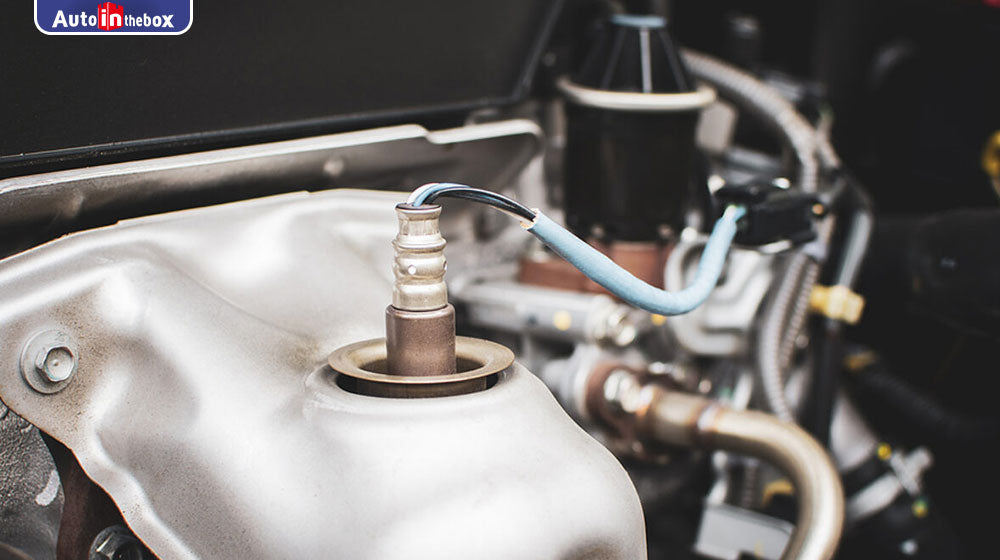 Newer Post
Newer Post

Oxygen sensors can be the one to blame in automotive emission problems

How to Obtain Roadside Assistance Contracts



